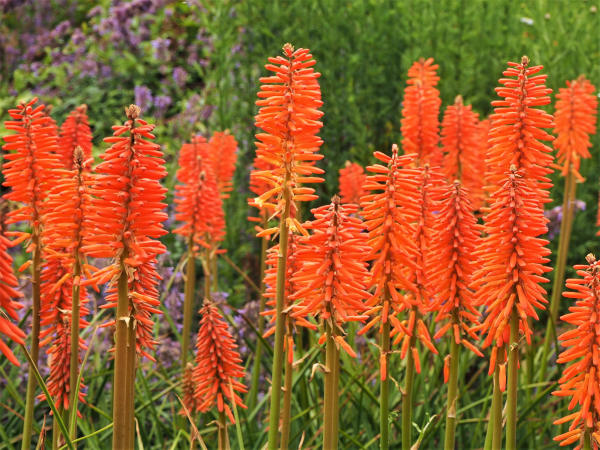How to grow Kniphofia
Commonly called the ‘Red Hot Poker’ due to its inflorescence resemblance, Kniphofia is a genus of over 70 species of perennial flowering plants native to Africa.
Within the Asphodelaceae family which includes many leafy succulents such as aloe and haworthia as well as other ornamental perennials such as amaranthus, bulbine and Hemerocallis.
Named after 18th century German physician and botanist Johann Hieronymus Kniphof, all species of Kniphofia have narrow grass or sword like leaves and are either herbaceous or evergreen by type. Evergreen species have broader strap shaped foliage with some species reaching 1.5m in length!
All plants produce bottle brush, torch like flowers in zesty colours of yellow, orange and red throughout the summer and into autumn held high above the foliage on strong stems.
An easy to grow plant for a sunny or part sunny location either in the border. Some smaller varieties suit containers well.
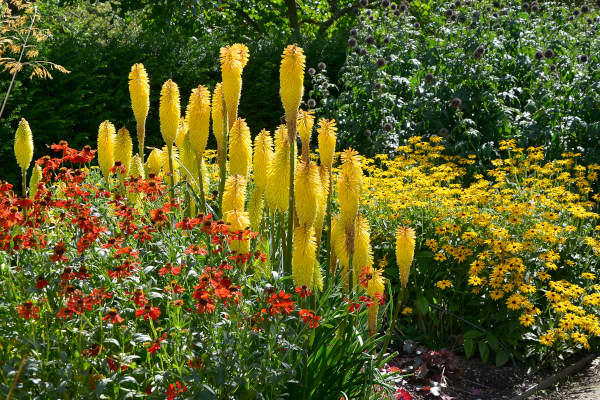
Zantedeschia is a genus of flowering plants from the family Araceae and is native to southern Africa. With a rich history dating back to the Ancient Romans, these deciduous or semi-evergreen perennials have been used as a symbol of celebration. Zantedeschia was Named after Professor Giovanni Zantedeschia, an Italian botanist.
There are two main forms of Zantedeschia: hardy and tender. Hardy forms of the plant can be grown outdoors, enjoy moist soil and full sun or partially shaded conditions - these are known as Arum lilies. Tender forms of Zantedeschia prefer being grown in containers or pots and should be brought inside over the winter - these are known as Calla lilies.
With tuberous flora in all colours from whites, yellows and oranges to deep reds and purples, Zantedeschias are not to be overlooked in any garden, as long as they have sufficient sunlight to grow in.
Ready to learn more about growing Zantedeschia? Read on for all there is to know...

Key Information
Soil pH
Position
Hardiness

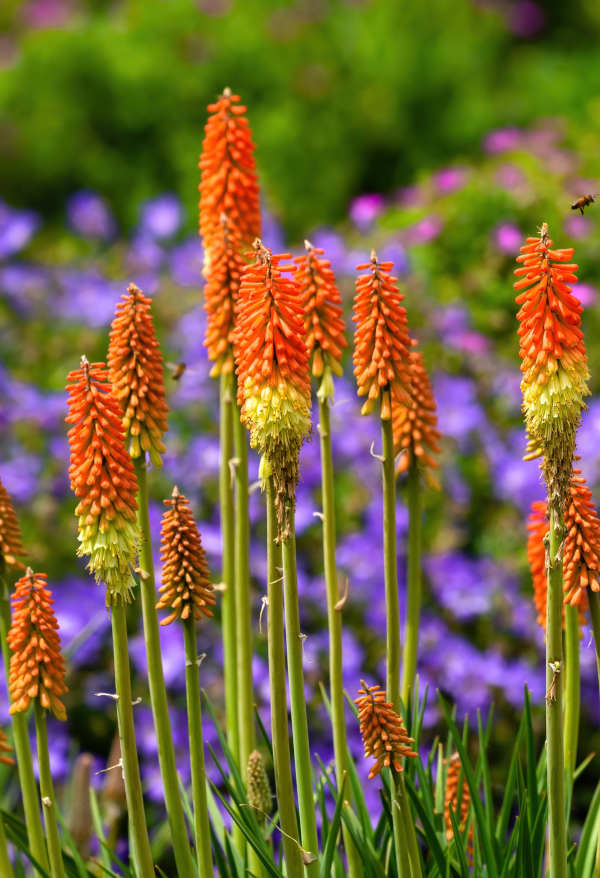
Here we list out the most popularly cultivated species and hybrids available in the U.K.
| Species | Common name |
Hardy through most of the UK H4 ( -10°C to -5°C)
| Kniphofia thomsonii | Thomson's red-hot poker |
Hardy in most places throughout the UK even in severe winters H5 ( -15°C to -10°C)
| Kniphofia albescens |
|
Kniphofia brachystachya | Yellow flowered poker | |
Kniphofia ensifolia | Sword-shaped red-hot poker | |
Kniphofia galpinii | Red hot poker | |
Kniphofia hirsuta | Red hot poker | |
Kniphofia uvaria | Red hot poker |
Where & when to plant Kniphofia
Position - Full sun or dappled shade.
Soil - Moist, well-drained soil which is preferably loam or sand. Does not like winter wet or too dry soils in summer.
Flower - Summer.
Kniphofia can be planted all year around when purchased grown in pots, however can be more prone to rotting off if planted in late autumn and winter
If container grown plants are planted out during the active summer growing season make sure that they are watered regularly until the plant has settled into its new location. Water at soil level rather than the foliage.
Kniphofia are ideal in cottage garden schemes, patio container plants, flower borders, mixing with roses and shrubs.
How to plant Kniphofia
- For planting in the garden, dig the soil area removing any large stones and weeds and breaking up any lumps. Mix in some organic matter, ideally leaf mould, though manure or garden compost are also fine. Rake level and firm with your heels. Rake level again.
- Water plants well and allow to drain before planting.
- A good tip is to dig a hole twice the size of the root-ball. Fill with water and allow to drain before placing in the plant which is especially good for summer plantings.
- Remove the plant from its pot placing the plant in the hole, ensuring the top of the root ball sits level with the surface of the soil. Too low and the plant may rot, too high and the roots can dry out.
- Backfill with soil and firm in gently with your foot.
- Soak soil well with water.
- For planting in containers, first choose an appropriately sized pot around 5-7cm larger than the root ball of your plant (you’ll need to gradually increase the pot size every few years). Always ensure there are plenty of drainage holes in the bottom.
- Use a good quality potting compost if you have it and mix with garden soil. Mix in some horticultural grit and, if not already present (check the labelling on the bag) some slow-release fertiliser granules.
- Start by partially filling the pot with compost; enough so that when placed on it the upper surface of the root ball is about 3cm lower than the top of the pot.
- Fill around the plant with compost, firming down with your fingers then adding a little more so it is held tight.
- Pick up the container and lightly tap on the potting bench or ground a few times to help further settle the compost around the plant.
- Soak well with water.
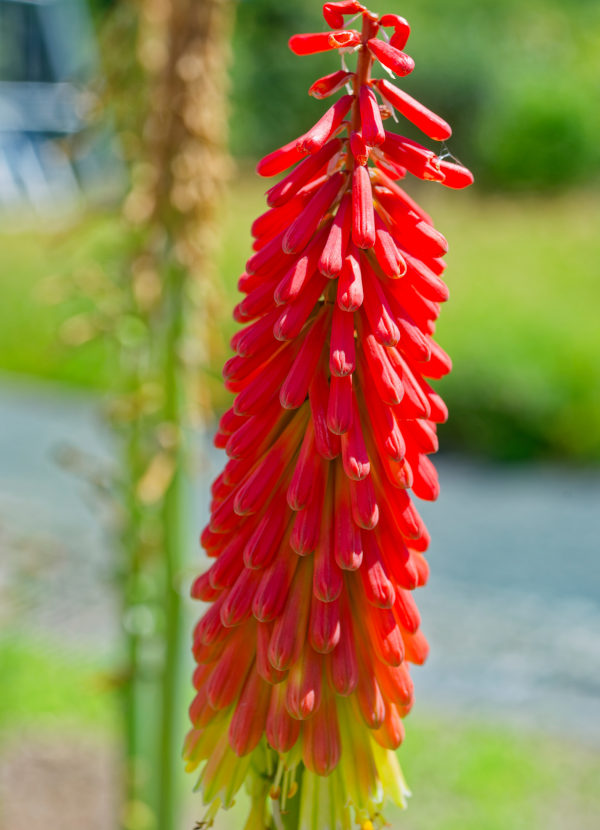
What to plant with Kniphofia
Outdoors, plant alongside plants with different shaped or coloured foliage as a contrast whilst also making sure nearby plants have interest when kniphofia is not in flower.
Try Alstroemeria, Ceanothus, Clematis, Delphinium, Ferns and Grasses, Hardy Geranium, Roses, Pansy, Tulip, Narcissus (Daffodil) and Viburnum.
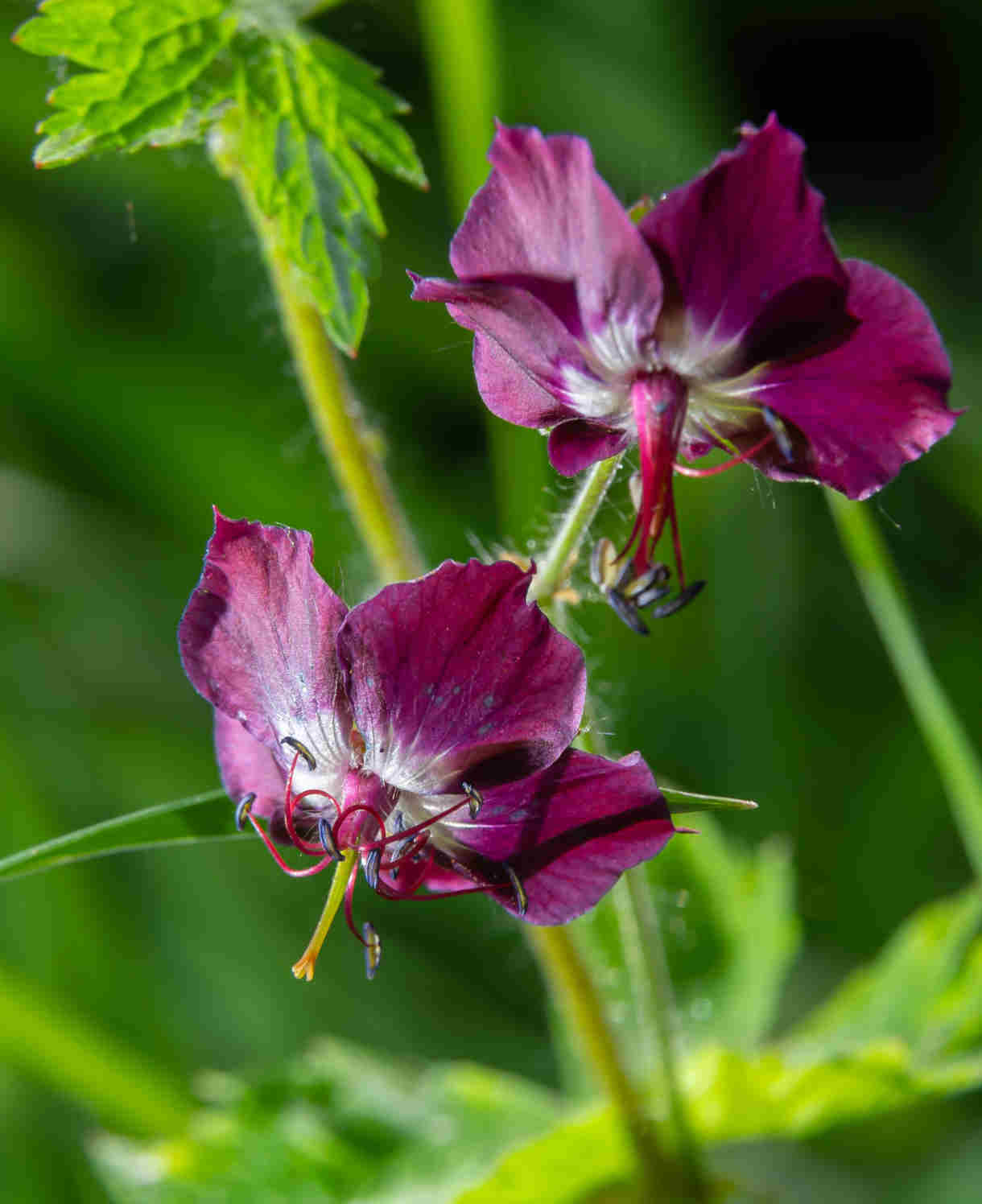
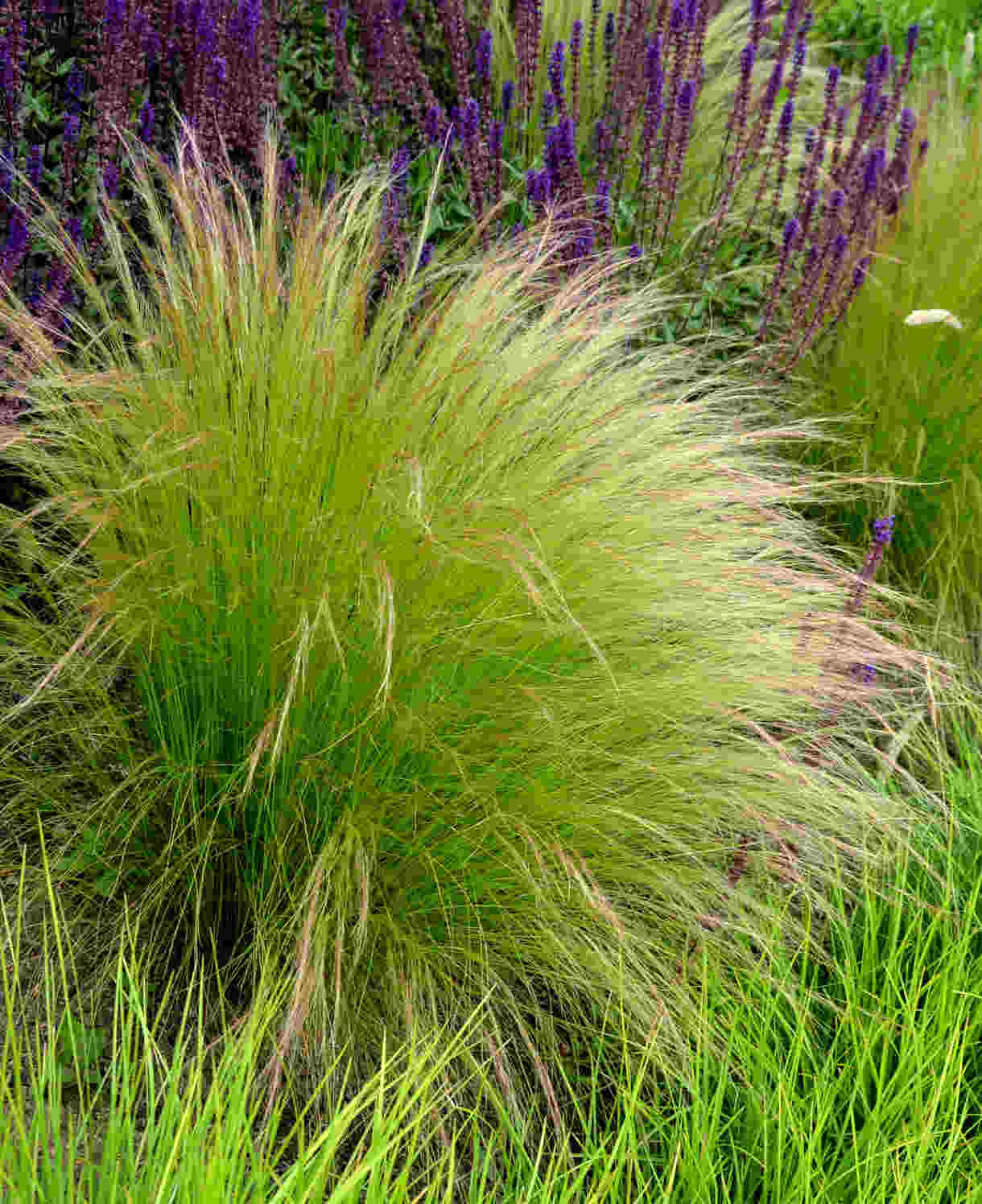
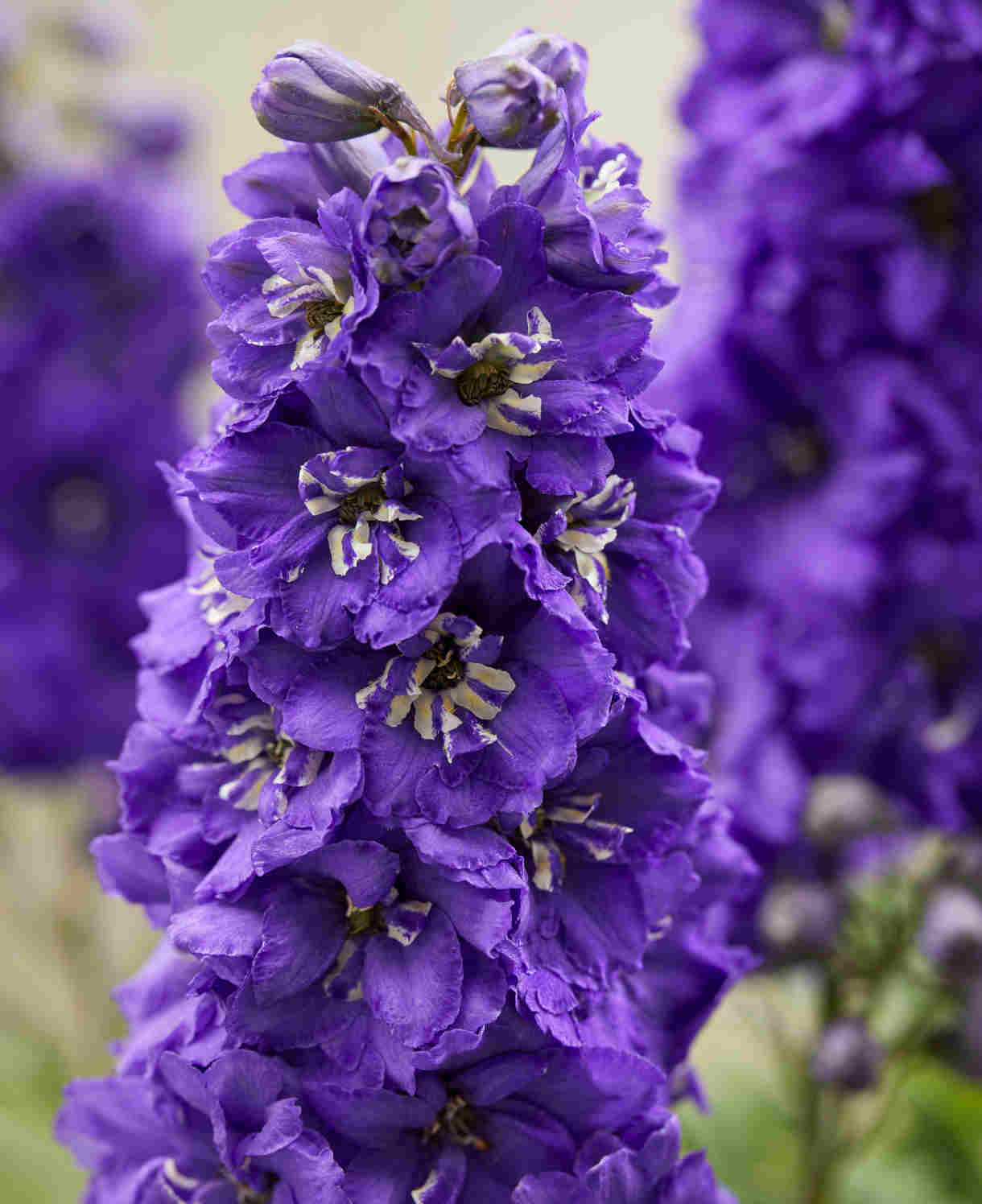
How to care for Kniphofia
Pruning and Deadheading
Dead head faded flower stems of kniphofia to its growing point at the base.
In spring tidy up foliage by removing dead leaves in totality. Cut away right to the base using secateurs being careful to not damage the new shoots.
Remove any green leaves which have remained overwinter. Pull the foliage out at the base of the plant rather than cutting off which could cause damage to the growing tip.
Watering
Preferring moist yet, free drained sites which do not sit wet in winter.
On planting outside, they benefit from a good watering in on planting and then regular soakings until established. After this they should not need watering.
If grown in containers water the soil regularly checking the compost to see if the soil is dry when you wiggle your fingertip into the soil surface. Stand containers on pot feet to allow water to drain freely from the container in winter.
Feeding
On healthy, fertile soil, a mulch of well-rotted organic matter (i.e., a layer of leaf mould, manure, or garden compost applied to the soil around the plant) should provide enough nutrients for your kniphofia. This has the added benefit of suppressing weeds and locking in moisture. Mulch when planting, and then again each spring.
If you garden on poor soil or your kniphofia looks in need of a boost, applying a granular general purpose feed to the surface of the soil and lightly working in can reap benefits. This is known as a top dress and should be done when you’re mulching in spring – first apply the feed, then cover with the mulch. – always check your kniphofia is not suffering from being too wet which is a common cause of it looking sick.
Container-grown plants are different as they rely solely on the gardener for nutrition. Get off to a flying start by making sure you use a good quality compost with slow-release granules mixed in. These generally provide nutrients for around 6 to 8 weeks, after which you’ll need to apply a liquid feed every 2-3 weeks until the end of the growing season (i.e., September-ish).
Remember to repot your kniphofia every few years into a slightly larger pot using fresh compost. In-between, it’s worth removing the top few centimetres of compost each spring and replacing with a fresh mix of compost and slow-release granules.
Cold Protection
Kniphofia can cope with conditions below minus 10oC for short periods providing they are not too wet. If container grown ensure water can get away from the base of container by using pot feet.
Pests and Diseases
Kniphofia are generally pest free although can be susceptible to aphids, thrips, slugs and snails.
How to propagate Kniphofia
The quickest way to propagate kniphofia is by division although they can be grown from seed which will result in an array of different colours due to their easy cross pollination.
Root Division.
When your plant is at least 3 years old and has been growing well in the previous season you should be able to divide the root structure into more plants.
Kniphofia are summer flowering so require division in early spring.
- Make sure the plant is not suffering from drought, pest or disease.
- Kniphofia reproduce by using underground stems called rhizomes. Clumps often send out smaller side shoots which can easily be dug up to make a new plant.
- Either replant the removed section back into the position in the garden as described in Planting in the Garden or plant root sections into a 1 litre pot as per the instructions for Planting into a Container
- Water well and leave.
- Kniphofia should show signs of shoot growth within weeks.
Growing from seed
- Collect seed in autumn and store in the refrigerator for the winter.
- From February to June fill a seed tray with good quality seed compost. Level and firm with the base of another seed tray. Water well and allow to drain.
- Carefully scatter the seeds across the compost surface of the tray.
- Cover the seed to their own depth with compost.
- Cover the seed tray with a flat sheet of glass or cling film. This keeps humidity within the sowing area.
- Place the tray in a light sheltered area at 13-15o Check a couple of times a week for signs of life and to ensure the compost is still moist and not saturated. Germination should take between 14 and 30 days.
- Once visible signs of growth can be seen, begin hardening off the seedlings by removing glass or cling film for longer periods to allow ventilation. Start from 15 minutes per day and slowly work up to total removal over a couple of weeks. Protect seedlings from weather extremes and water if tray feels dry. Glass or cling film should not be touching the leaves.
- When seedlings are large enough to handle, carefully transplant individually into 9cm pots of compost.
- Grow on in a well-lit bright area and begin a dilute liquid feed at 6 – 8 weeks. Plant out into a sunny location when roots are visible from the bottom of the pot.
- It will take up to 3 years for your plant to flower.
* Many plants carry Plant Breeders Rights and cannot be propagated for commercial purposes.
Common Kniphofia questions
Are red hot pokers easy to grow?
An easy to grow plant for a sunny border or container with moist soil.
How long does kniphofia take to grow?
From seed a kniphofia takes about 3 years before it will flower. From a 9cm pot grown plant usually it will flower that year.
Do I cut red hot pokers back?
Yes cut back kniphofia each spring to encourage young and fresh foliage. Follow our guide for how to do this.
